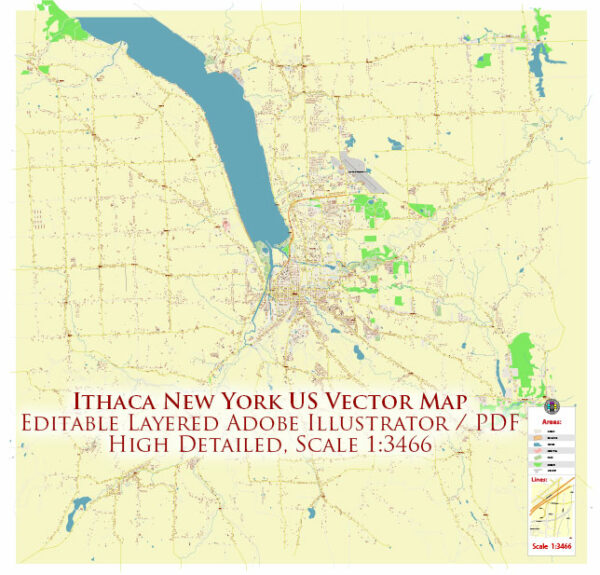Ithaca, New York, like many other places in the United States, is endowed with a variety of natural resources. These resources play a significant role in the region’s economy, environment, and overall quality of life. Some of the key natural resources in the Ithaca area include:
- Water: The region is rich in freshwater resources, with numerous lakes, rivers, and creeks. Cayuga Lake, one of the Finger Lakes, is the largest and provides a valuable source of drinking water, recreational opportunities, and a habitat for various aquatic species.
- Forests: The surrounding area of Ithaca features extensive forests and woodlands, providing timber resources, wildlife habitat, and recreational opportunities. The Finger Lakes region is known for its beautiful forests and hiking trails.
- Agriculture: The fertile soils of the Finger Lakes region are conducive to agriculture. The area is known for its vineyards and wineries, as well as the production of various crops, including corn, soybeans, and apples.
- Wildlife: Ithaca and the surrounding area are home to a diverse range of wildlife, including deer, turkeys, various bird species, and small mammals. The region’s natural habitats support biodiversity and provide recreational opportunities for wildlife enthusiasts.
- Minerals: While not as prominent as some other regions, there are mineral resources in the area, including salt deposits, which have been historically important for industrial and agricultural uses.
- Renewable Energy: The region is increasingly harnessing renewable energy resources, such as wind and solar power. These resources help reduce the environmental impact and support sustainable energy practices.
- Outdoor Recreation: The natural beauty and recreational opportunities in the area, including state parks, hiking trails, and waterways, are essential resources for the residents and contribute to the local economy through tourism.
It’s worth noting that Ithaca and the surrounding Finger Lakes region are known for their commitment to environmental conservation and sustainability, which helps protect and preserve these natural resources for future generations.


 Author: Kirill Shrayber, Ph.D.
Author: Kirill Shrayber, Ph.D.